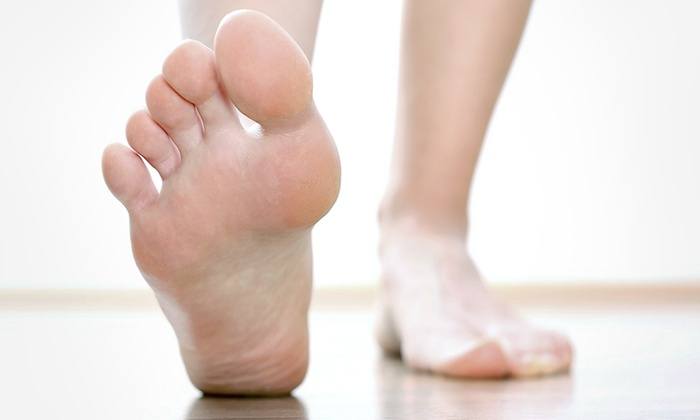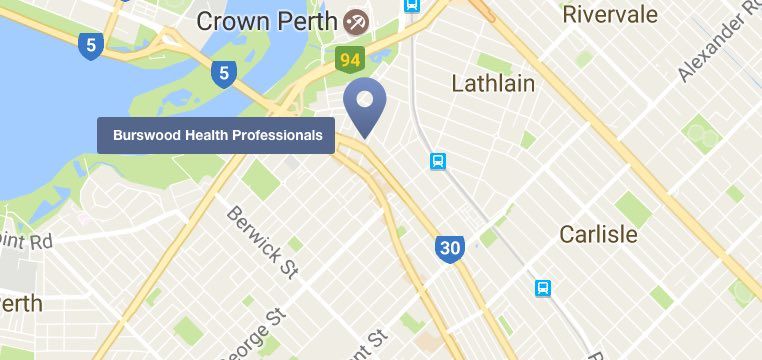Minor Foot Surgery
Most people put up with foot problems for years and only get medical advice when it is too late and minor foot surgery is needed.

Understanding common types of foot surgery
The most common types of minor foot surgery are
- Toenail removal
- Ingrown toenails
- Cutting corns or callouses
- Cryosurgery for verruca plantaris
Early detection and treatment of foot problems can help you avoid minor foot surgery and a lifetime of trouble. Make an appointment with a podiatrist now if you have concerns about your feet.
The effects of minor foot surgery treatments
Minor Foot Surgery for Toe Nail Infections
Surgical nail removal can be done for severe or returning fungal nail infections. The entire nail (avulsion) or only part of the nail (debridement) can be removed under local anaesthetic.
In this minor foot surgery procedure, the skin around the nail (nail folds) is loosened and the nail is separated from the skin by using a tool under the nail. If only part of the nail is diseased, only the diseased part is removed.
Minor Foot Surgery for Corns and Calluses
Usually, corns or calluses indicate deeper issues and can be an early warning sign of more complex foot disorders including abnormalities, bone structure deformities, or the way a person walks. Often calluses and corns are caused by ill-fitting or inappropriate footwear.
Podiatrists not only recommend ways to relieve pain and get rid of the corn or callus but can also help with isolating the cause and preventing the problem from recurring. To treat painful corns, a podiatrist will gently remove some of the hard skin of the callus so that the centre of the corn can be removed.
Following minor foot surgery, a podiatrist will usually discuss the type of footwear that is most likely to cause corns and calluses. In some cases, orthoses may be prescribed to reduce excessive weight-bearing forces on the foot and provide long-term relief.
Other Pain You Might Feel
General Foot Conditions
Notice that something is not right with your feet? It could be a bunion or an ulcer perhaps? Read more about common foot conditions and how we can help you.
Cryosurgery
Cryosurgery, also known as cryotherapy, is the use of nitrogen to freeze tissue. Podiatrists use a pressurised canister with a spray tip or contact probe to deliver the cryotherapy. The tip used depends on the size and location of the lesion being treated.
A verruca lesion typically presents with a hardened callus exterior that the podiatrist needs to remove with a scalpel prior to the cryotherapy. Due to a verruca’s highly disorganised network of microvessels, this debridement may cause small bleeds. Each lesion is treated with three applications, with each application lasting between 20-30 seconds depending on the size of the affected area.
A follow-up appointment will be booked after the cryotherapy to monitor the lesion. As verruca plantaris occurs due to a virus, its lifespan depends on the patient’s immune response to the treatment to clear away the verruca tissue.
Minor foot surgery as part of good healthcare
At Burswood Health, we specialise in podiatry as a part of a holistic approach to good healthcare. Make an appointment with our Perth based podiatrist, Satvinder Notay, if you have foot related aches and pains. When you put your feet in Sat’s caring hands, you begin the road to recovery and relief.


